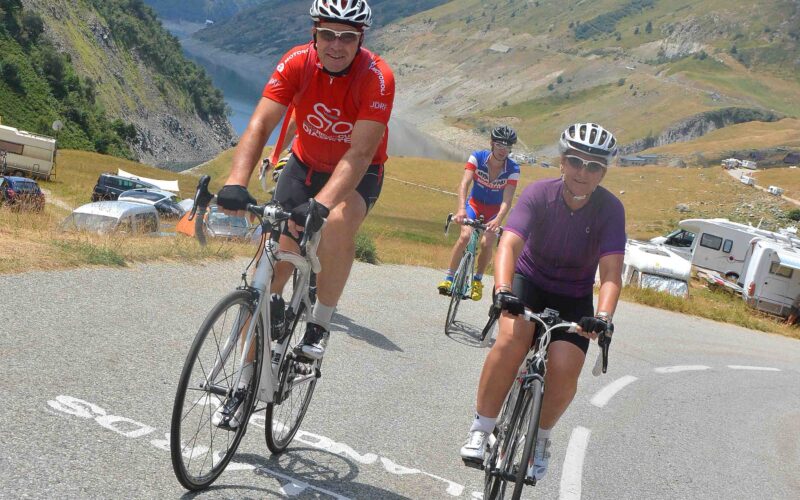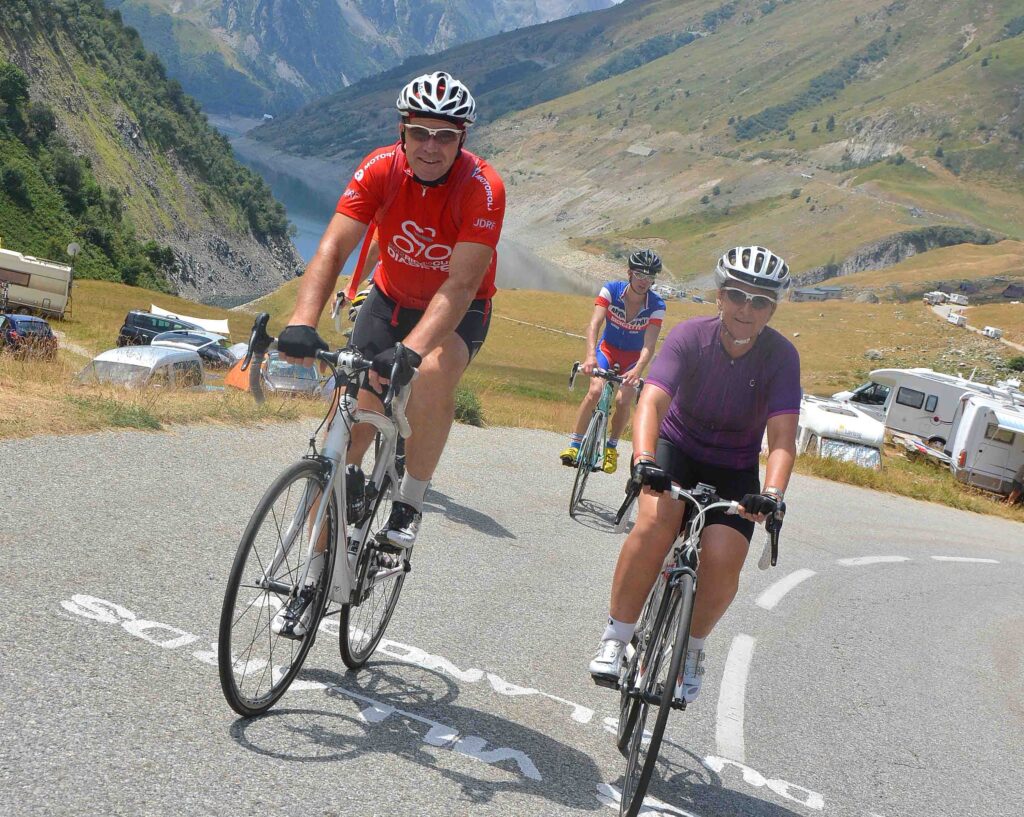Top bike skills you need to master to be a great road rider
When I took up road riding, I had no idea that there were several bike skills you need to master to be any good at riding. I assumed that the small amount I had learnt about riding as a kid would be all I’d really need to know. Little did I know that while balance and steering are essential, there is so much more to it.
Here are my top bike skills you need to master to be a great road rider:
Starting & Stopping
It might seem simple but there is a right way to both start and stop on a road bike. When you start riding you should decide which foot you prefer to clip in (or place on the pedal first if you don’t ride clipped in) and stick with that leg. I always clip in with my right foot first.
I swing my right leg over the bike to get on, clip my right foot, and start riding with my left foot not yet on the left pedal. Before you take off you should put your clipped-in foot at about the 2 o’clock position to provide a little but not too much momentum.
Before you come to a stop you need to slow down to a slow place, unclip the foot you plan to put on the ground first. The same theory applies if you don’t ride with clip-in shoes, you need to consistently put the same foot on the ground first. That way you’ll always be leaning slightly to the left or right when you are stationary and have one foot on the ground.
This handy video explains the process well too.
Braking
When braking, your front brake is there to stop you and the back brake is there to shave off speed. Roughly 70 to 80 per cent of your stopping power comes from the front brake. Leaving 20 to 30 per cent for the back brake. Try standing on the ground over your top tube and applying the brakes one at a time and pushing your bike forward. You’ll see how this applies.
For most riding, you should have your hands in a position where you can brake easily. In most cases, this is going to be with your hands on the brake hoods. That doesn’t mean you can’t ride with your hands on the top of the handlebars, but it should be reserved for times when you know you are unlikely to need to brake quickly.
To learn more, watch this video from GCN and read my previous blog post.
Climbing
There’s a lot more to climbing a hill on a bike so before you talk yourself out of it, there’s a few fundamentals you should employ.
My number one tip is to pace yourself. Go at a speed that will allow you to reach the summit. If it’s short and sharp you can afford to smash it out. If it’s long and not so steep you need to take it slower.
Stay seated for most of the climb and shift your weight back in the saddle for maximum leverage on the pedals and put your hands on the top of the handlebars towards the centre. Stand only when you need a break from your seated position or when the climb gets a bit steeper.
As you begin to climb you want to change gears gradually until you are in the gear you’ll climb most of the hill. For me, this is often my smallest gear possible which is often referred to as ‘granny’ gear. The most energy-efficient way to climb a hill is to keep your cadence as high as possible, and therefore use the easiest gear that allows you to maintain your momentum.
Read more about climbing in my previous post on the subject.
Descending
If you’re on a long descent it is easier and safer to ride with your hands on the drops. With your hands on the lower part of the handlebar, your centre of gravity is closer to the ground which makes you more stable. Also, your weight will be more evenly distributed between the front and rear wheels, which helps maintain traction, especially during braking and turning. It also means that you can hold your brake levers more comfortably which makes a big difference on a long descent.
Keep your head up rather than focusing on the road just in front of your bike. Look for danger signs so you have time to react. In turns, keep your eyes on the exit, which will help you carve a smooth, steady line all the way through. The old adage that you’ll end up where you look is so true when descending on a bike, so don’t look at the guardrail or the large tree as you round a corner, because that’s where you’ll end up heading.
Start at the top of your body and let go of the tension. Keep breathing, open your mouth to unclench your jaw, drop your shoulders, bend your elbows, release your death grip on the bar, uncurl your toes so your feet lie flat on the bottoms of your shoes.
Read more here.
Cornering
Cornering is another one of those fundamentals that I just hadn’t considered when I started riding but there’s definitely a right way to attack corners.
Look ahead to where you want to go rather than at the road or bike immediately in front of you. Wash off speed before the corner by braking lightly with both brakes (this is called feathering) and don’t brake while you are going around the actual corner. Approach the corner wide, cut the apex and finish wide.
Slow down around corners when the road is wet or there is debris like leaves or gravel. It is also important not to turn on any white road markings particularly when it’s wet because they become very slippery.
As you approach the corner your inside pedal should be up and your outside one down. You should also put your weight on your outside foot which is down. Lean the bike over rather than yourself. The centrifugal force will ensure that you won’t fall off.
Practice a lot
The more you practice each of these fundamental bike skills you need to master, the better you’ll be on the bike and the more confident you’ll become. I still need to practice my skills regularly. You can also watch professional cycling to see all these skills in action. Pro riders spend hours and hours training and honing their skills so don’t expect to reach that level, but you can certainly try.


